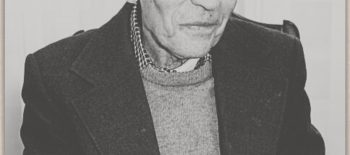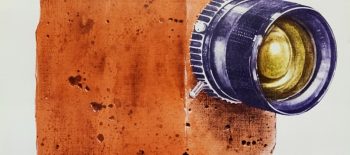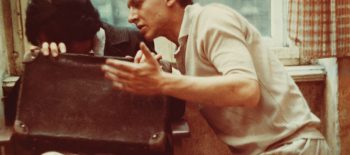Exhibition ‘To Freedom’ celebrating art and music of Estonia, Poland and Ukraine
Exhibition
Monday, November 7-Tuesday, December 17, 2022
Exhibition is extended “by appointment” until January 9, 2022
Furlong Gallery
UW-Stout’s Micheels Hall
178 Micheels Hall, Menomonie, WI 54751
Opening reception: Monday, November 7, 2022 at 4:30-6:30pm CT
World Premiere of Orgé (2022) by Monika Weiss at 5:20pm CT
Polish artist Monika Weiss performed a live vocal composition and performance composed and choreographed by the artist, with participation by the UW-Stout Chamber Choir and select faculty and students, at the opening reception.
4:30pm Exhibit officially opens to public
5:00pm Opening remarks
5:05pm Music presentation by Symphonic Singers and Chamber Choir
5:20pm Orgé performance by Monika Weiss
Concert
Saturday, December 3, 2022 at 7pm CT
Our Savior’s Lutheran Church in Menomonie
910 9th St E, Menomonie, WI 54751
UW-Stout’s choral areas and Furlong Gallery, within the School of Art and Design, have collaborated to bring the art, history and music of Estonia, Poland and Ukraine to the communities of the Chippewa Valley. “To Freedom” celebrates the nations’ heritage and helps build ties between neighbors during a series of cultural offerings open to community members.
The celebration opened with an art exhibit featuring artists of Estonian, Polish and Ukrainian descent. It is on display from Monday, Nov. 7, to Tuesday, Dec. 17, at Furlong Gallery in UW-Stout’s Micheels Hall. An artist reception will be held from 4:30 to 6:30 p.m. on Nov. 7.
A concert featuring four area choirs and celebrating the music of Estonia, Poland and Ukraine was held at 7 p.m. on Saturday, Dec. 3, at Our Savior’s Lutheran Church, in Menomonie.
The exhibiting artists are:
- Riivo Kruuk, an Estonian American painter
- Christina Shmigel, a Ukrainian American artist
- Monika Weiss, an internationally renowned Polish American artist.
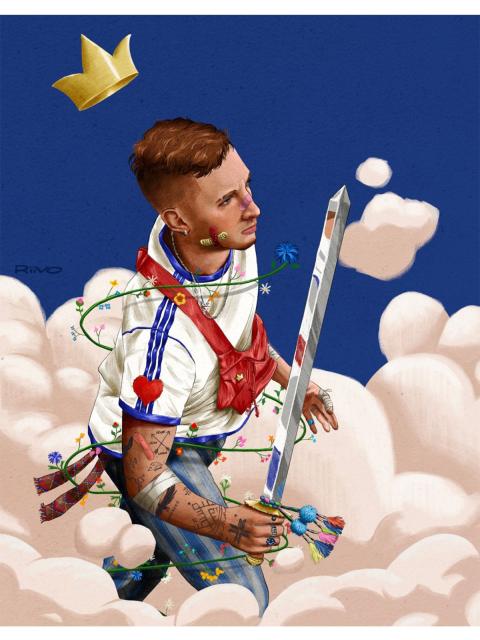
Kruuk is a painter and mural artist from Charleston, S.C. Working in oils, acrylic and spray paint, he is inspired by graffiti, the Renaissance and Baroque periods, street art, fashion, nature and his Estonian heritage.
Shmigel is a first-generation child of parents who left Ukraine during WWII and grew up active in the Ukrainian diaspora community.
A practicing artist, Shmigel teaches art on the university level. Her works address architectural structure, process, ritual and place. She is based in St. Louis.
Weiss, over the past 25 years, has developed a transdisciplinary practice composed of moving image, sound, sculpture, performance and drawing. Recurring material and motives include sound, water, the body, stillness, doubling and gestures of lamentation. She often focuses on a relationship to history and collective remembrance.
“To Freedom” will feature Weiss’s Koiman II (Years Without Summers), a 20-minute film inspired by Winterreise, composed in 1828 by the German Romantic composer Franz Schubert. The work is dedicated to the artist’s late mother, pianist Gabriela Weiss, and to current refugees and migrants around the world. Each film portrays an anonymous female protagonist performed by the artist.
Weiss divides her time between her New York studio and her professorship at Sam Fox School of Design & Visual Arts, Washington University in St. Louis. Her work has been featured in more than 90 international solo and group exhibitions. It has been written about in numerous books and publications, including the New York Times, ARTnews and Art in America. Her solo museum exhibitions include Centre for Contemporary Art Ujazdowski Castle, Warsaw; Lehman College Art Gallery, New York; and Museum of Memory & Human Rights, Santiago, Chile. Weiss’s biography is written by Katarzyna Falęcka.
Other student opportunities in October include visual artists visiting various studio art courses. Guest lecturers Natalia Ripeckyj, of Eau Claire, and Natalie Nowytski, a Minneapolis-based Ukrainian folk musician, will visit UW-Stout.
A rare opportunity
Director of Choral Activities Jerry Hui appreciates the many external partners supporting “To Freedom,” including the official cultural arms of three countries: the Estonian Consulate General in New York, the Polish Cultural Institute New York and the Ukrainian Institute of America in New York. Also contributing were the Ukrainian American Community Center of Minnesota and Wisconsin Ukrainians Inc.
“It is a rare opportunity for UW-Stout to partner directly with cultural bearers of specific geographical regions in creating these rich educational experiences,” Hui said.
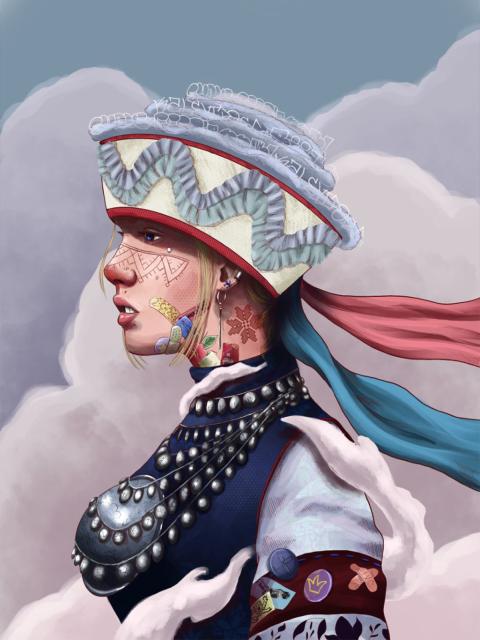
Jaanika Peerna, cultural affairs coordinator at the Estonian Consulate General in New York, said “the consulate is delighted to collaborate with UW-Stout on a project which sheds light on the powerful role culture plays in fighting for democratic values and connecting people from different walks of life. It’s not every day we get to work with so passionate a professor as Dr. Jerry Hui who initiated ‘To Freedom’ and has been leading the project so wonderfully.
“If even just a fragment from a melody from a Ukrainian song, a visual detail from an Estonian artist’s painting, or a single word from the Polish language would stay lingering in a student’s mind, this could be a steppingstone to a much more in-depth inquiry into the role of culture as a tool for transformation,” Peerna said.
Since its foundation, the Polish Cultural Institute has worked with various universities. “We hope that through the ‘To Freedom’ project, the students at UW-Stout as well as residents of the greater Eau Claire-Menomonie area will learn about and relate to Ukrainian cultural heritage and its universal democratic values embraced and emphasized by Polish and Estonian cultures,” said Izabela Gola, curator of visual arts and design, Polish Cultural Institute.
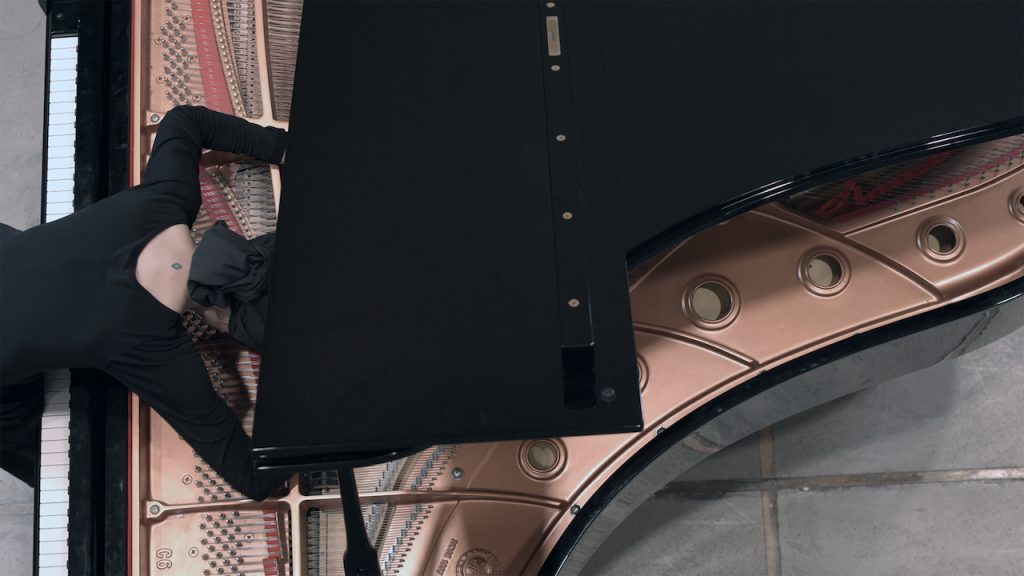
“We anticipate that the project participants will connect with the broader humanitarian and reconciliatory message that the work of Monika Weiss contributes to this project,” Gola added.
Kathy Nalywajko, president of the Ukrainian Institute of America believes “the arts offer a means to expand our understanding of the nature and character of conflict through the application of a different lens, and, crucially, a means to understand society’s changing attitudes to war and peace.
“We’re excited and proud to have played a role alongside our Estonian and Polish friends in celebrating the unique artistic and living cultures of our respective heritages in ‘To Freedom,’” Nalywaiko added.
Sharing musical traditions in concert
In addition to the exhibit, four area choirs will perform “To Freedom,” a concert at 7 p.m. on Saturday, Dec. 3, at Our Savior’s Lutheran Church, 910 Ninth St. E., Menomonie.
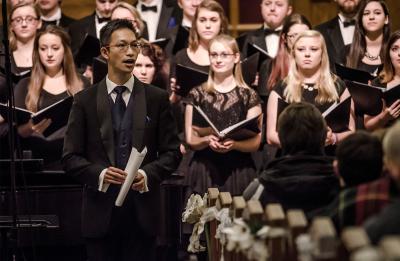
UW-Stout Symphonic Singers and Chamber Choir, conducted by Hui, will perform music from Ukraine, Poland and Estonia that speaks to the perils of war and the desire for peace.
Examples include “Hej Sokoły,” a Polish folk song about a soldier’s longing for his Ukrainian beloved; and “For Ukraine,” composed by Estonian contemporary composer Erkki-Sven Tüür only six months ago. The university choirs will be joined by Schola Cantorum of Eau Claire and the Treble Singers from the Menomonie Middle School.
Siim Sööt, honorary consul of Estonia, plans to provide a presentation on Estonian history and culture.
Swan Lake Ballet and Ganna Ensemble, an Eau Claire-based dance studio, will perform to some of the songs. The ensemble is led by Ganna Berge, a lecturer in UW-Stout’s mathematics, statistics and computer science department. She was born in Crimea, a peninsula that borders Ukraine and Russia.
Tickets are $5 and will be available to purchase online in late October.
“I hope people who attend the concert or visit the exhibition will gain a new appreciation of the culture and history from Central Europe and may be motivated to seek further understanding in this region that has dominated recent news,” Hui said.
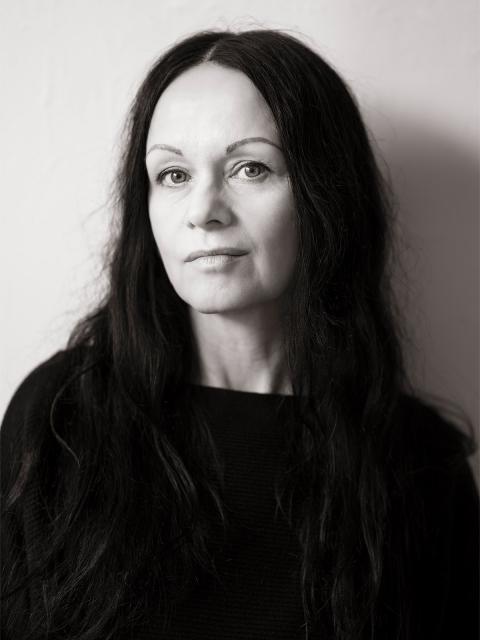
Monika Weiss
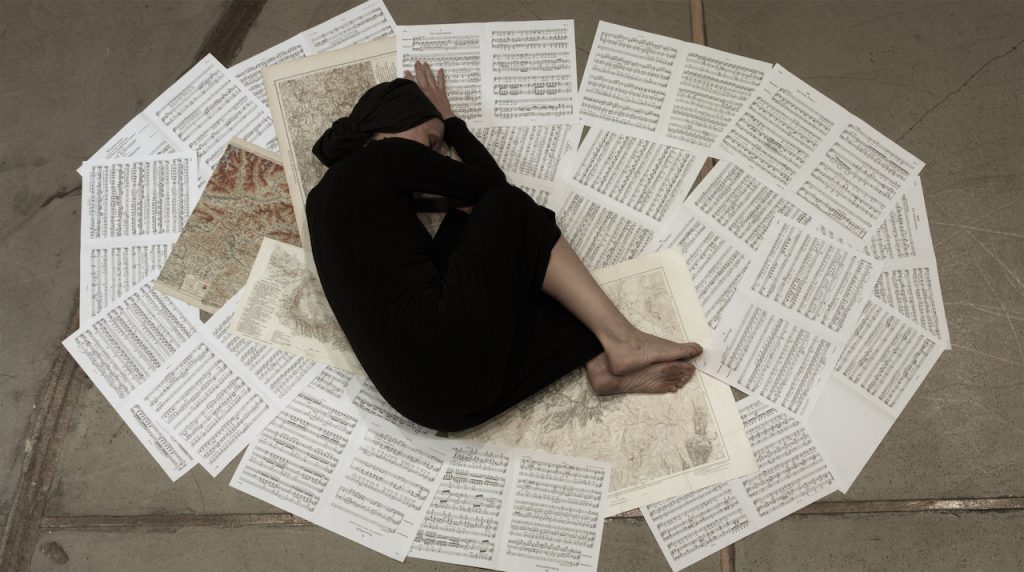
Work 1
Koiman II (Years Without Summers), 2017-
Sound composition, 4K film projection
Duration (part I): 20 min.
Edition of 3 + 2 AP
Directed, recorded, written, composed, choreographed, filmed and edited by the artist
Piano: the artist
Movement performance: the artist
Voice: Maksymilian Bielecki
Poem: Gute Nacht by Wilhelm Müller, part of Winterreise, 24 poems set to music by Franz Schubert (1828)
Additional credits: Sound was mastered at Harvestworks, New York and Experimental Media Arts, University of Arkansas, Fayettville, AR. Special thanks to Matthew Ostrowski and Adam Hogan. Filmed on location as part of the artist’s residencies at BRIC, Brooklyn, NY and YADDO, Saratoga Springs, NY. Additional filming took place in Brattleboro, VT and Brooklyn, NY. Special thanks to Eddy Bird and the late Dina Helal. In memory of Gabriela Weiss.
Koiman II – Years Without Summers (24 Nocturnes), 2017- , a deeply personal and political work, comprises twenty-four film projections, an equal number of sound compositions and large charcoal and graphite drawings. The subtitle derives from the 1815 volcanic explosion in present day Indonesia that affected the global environment leading to what was described as “a year without summer” (in 1816). The ensuing darkness in parts of the world caused by volcanic ash was described by those who witnessed it, and is compared by Weiss to the darkness that envelops our world: refugee crises, climate change and the rise of blinkered nationalist ideologies. In the film, set against desolate and dark landscapes and sites of abandonment, the protagonist gestures and moves silently. The drawings that evoke the explosion appear momentarily superimposed on the figure creating a suggestive union. Whereas the drawings were conceived as independent works, their relation to the film enriches their autonomy. Graphically they resist, their media (graphite powder and archival glue) links directly to the historic past while evoking the notion that through the obscurity of ash, our culture cannot perceive its own future. – Mark McDonald, curator, The Metropolitan Museum of Art, “Drawing Consciousness: Monika Weiss” in Monika Weiss-Nirbhaya, Centre for Polish Sculpture in Orońsko, 2021, p. 68
Inspired by Winterreise (Winter Journey), a cycle of 24 songs for voice and piano composed in 1828 by the German Romantic composer Franz Schubert, this work is dedicated to the artist’s late mother, pianist Gabriela Weiss and to current refugees and migrants around the world. Each film portrays an anonymous female protagonist performed by the artist. Following the eruption of volcano Tambora, Indonesia in 1815, the spreading ash cloud cooled global temperatures by reflecting and scattering sunlight and impacted weather patterns in Europe and in the northeastern United States. Rain, frost and snowfall occurred throughout the summer of 1816, causing agricultural disaster, famine and migration. Scholarly research suggests that severe weather may have inspired works by a number of artists, poets and composers of the time, including Schubert and Turner. The accounts by travelers who were at sea following the Tambora explosion, describe darkness during the day, making it impossible “to see your hand outstretched.”
Two hundred years later the world appears to me as if shrouded in a symbolic ash cloud resulting from the global climate change, the collapse of Arab Spring, the current refugee crisis and the gradual and global move towards fascist ideologies. My project Koiman II is meant to evoke this notion of darkness, eruption, explosion, coldness and clouding, and is greatly affected by global conditions—such as displacement, violation and exploitation of bodies of others—which mirror the abuse and gradual disintegration of the natural environment resulting from colonial agendas. – Monika Weiss, artist statement, 2017
Work 2
Thinking of History, 2022
Sound composition
Duration (part I): 10 min.
Composed by the artist
Voice performers: Kurt Gottschalk, Tyler Krszjzaniek, Jeremie Lambert-Delhomme, Sharlene Lee, Ming-Yuen S. Ma, Neha Naraya, Nicolas Reeves, and the artist
Opera vocalist: Anna Wasilewska
Piano: the artist
Additional credits: Mastered by Artist Tapes and Experimental Media Arts, University of Arkansas, special thanks to Adam Hogan
Thinking of History is a new sound work by Monika Weiss commissioned by media scholar and author Ming-Yuen S. Ma and based on a sentence which he artist chose from his book There is no soundtrack: Rethinking art, media, and the audio-visual contract. Live premiere of Thinking of History took place on April 7, 2022, as part of This is not a reading / Ceci n’est pas une lecture, a series of remixes and conversations inspired by sound, in which the author Ming-Yuen S. Ma invites artists discussed in his book.
Thinking of History is a song in three parts. The first scene represents a dark ocean of history evoked by drone sounds, with a single female voice singing wordlessly as if from a great distance. I composed the middle part by recording a number of readers, creating a tempest of voices. Throughout the piece we hear underlying drones based on my piano improvisations but transformed electronically such that the piano is no longer recognizable. In the last part of the composition, the piano enters, now fully identifiable, responding rhythmically to the words and sentences we heard earlier. I finished the composition on February 23, 2022. The day after, on February 24th, I woke up to a world that changed forever. – Monika Weiss, artist statement, 2022
Work 3
Orgé, 2022
Composed and choreographed by the artist
Voices: Chamber Choir and selected students and faculty of University of Wisconsin-Stout
Duration: 20 min.
Additional credits: TBD
Monika Weiss invites selected students and faculty of the UW to participate as performers/singers in her new live sound piece, Orgé, devoted to victim of war against Ukraine. Orgē belongs to an ongoing series of vocal, cinematic and choreographed projects by the intermedia artist Monika Weiss which evoke ancient rituals of lamentation and address collective memory and historical trauma. The artist’s minimalist musical composition is built as a choral and sculptural environment to resemble a forest of voices. The performers will stand interspersed throughout the gallery space around and will sustain vocal sounds for the duration of the performance. Spectators will be able to walk through this field of live vocal sound and experience being on the inside of Orgé.
“Orgé is an ancient Greek word which means “wrath”. It comes from the verb oragō meaning, “to teem, to swell” and thus implies not a sudden outburst, but rather a permanent, established, and passionate feeling, solidifying what the beholder considers wrong. Lament in my art appears as a musical and visual form of expression connoting power and resistance. The meaning and beauty of Lament – the various forms of Lament organized as music and choreographed in opposition to the raging and raping violence of war – are essentially emancipatory. In my work Lament becomes marked by the power of what I call, unforgetting. Orgé will be sung as a protest but also as an expression of a hope that transformation towards freedom is still possible.” – Monika Weiss, artist statement, 2022
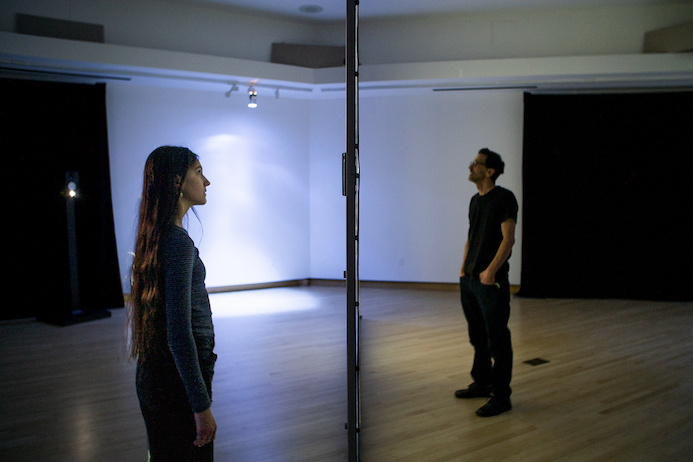
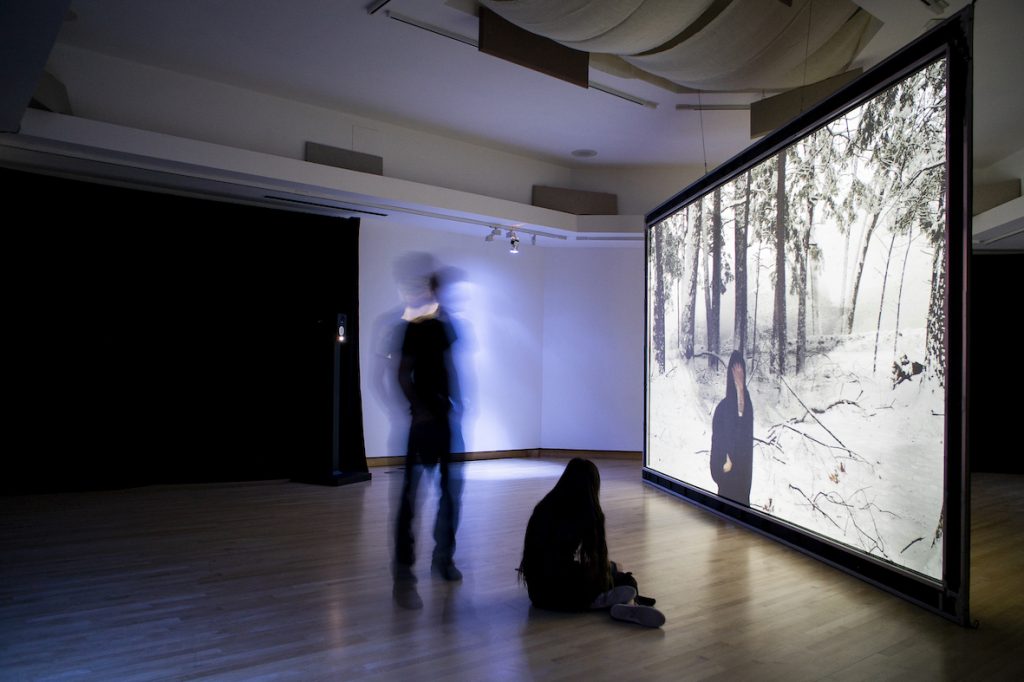
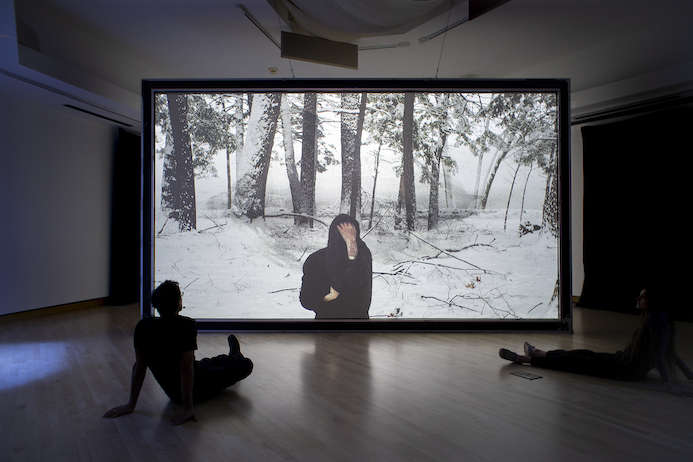
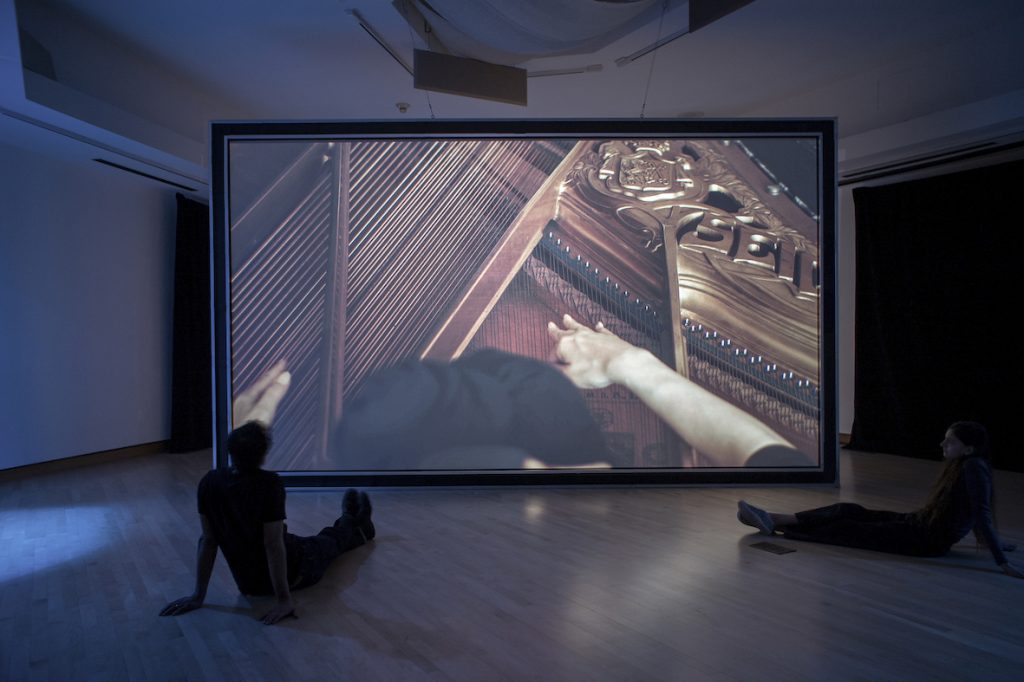
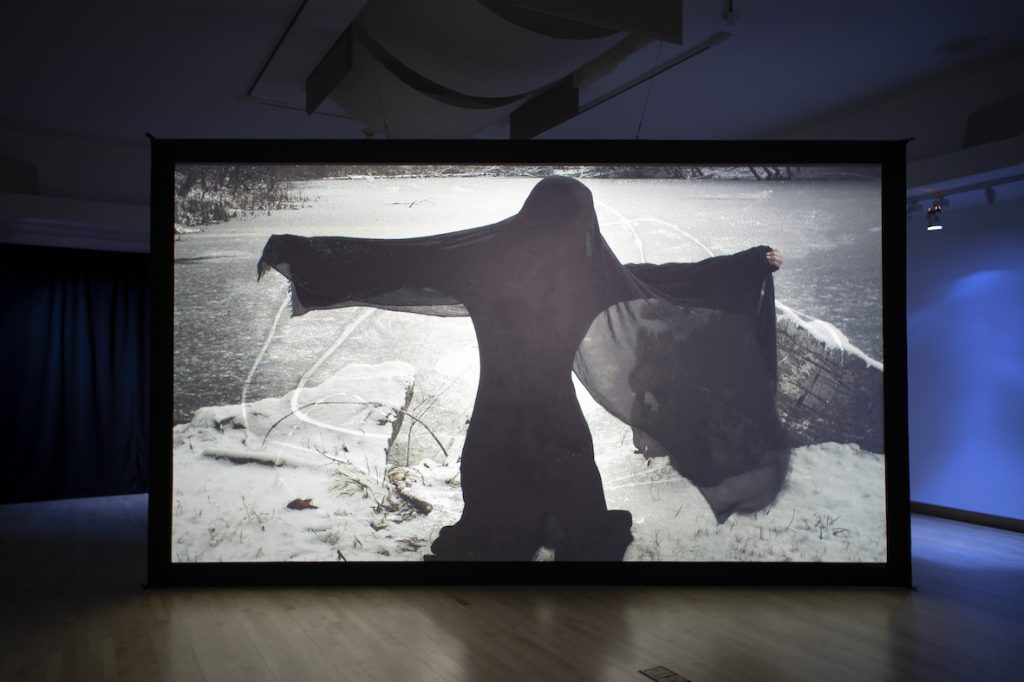

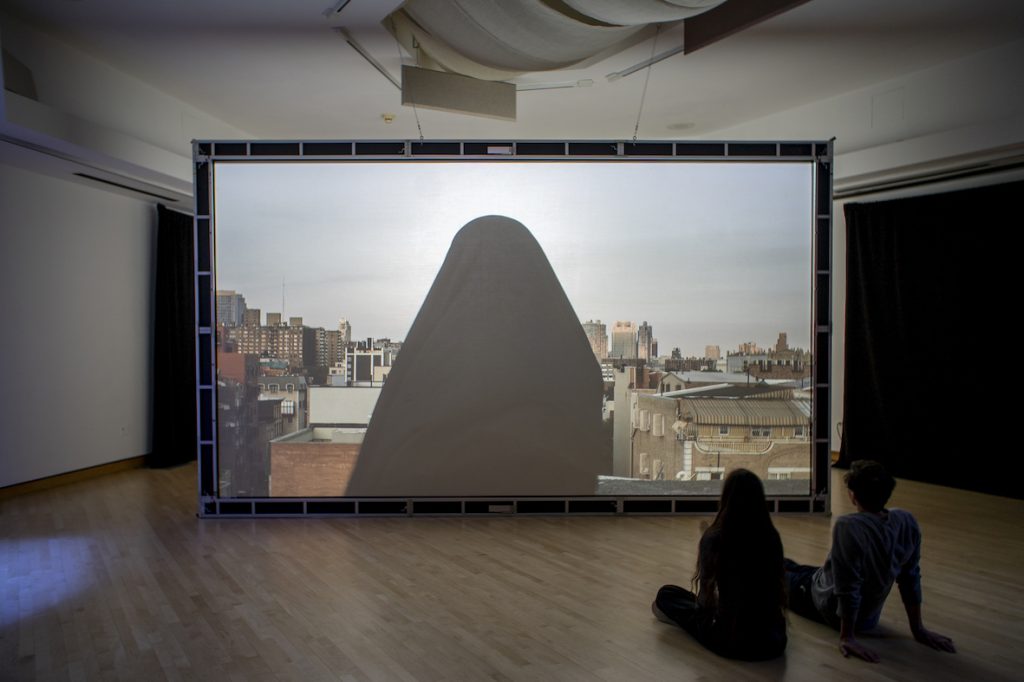
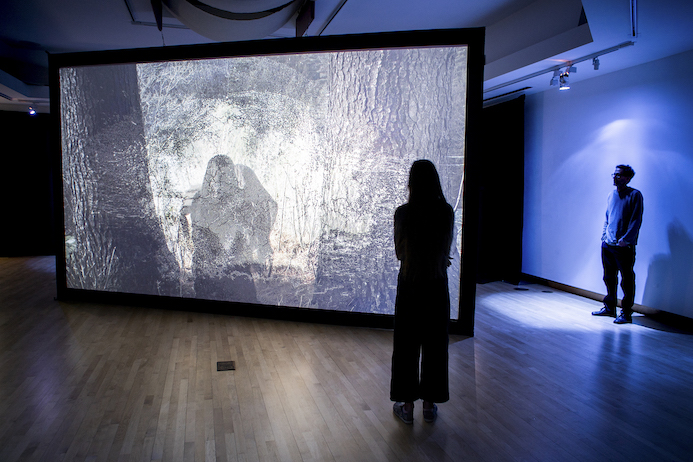
Monika Weiss’ Bio
Over the past twenty-five years, the prominent New York-based Polish artist Monika Weiss (b. 1964) has developed a transdisciplinary practice composed of sound, moving image, sculpture, performance and drawing. Recurring material and conceptual motives in Monika Weiss’ work include sonic space, water, the body, slow movement, doubling and gestures of lament, performed and choreographed in response to collective trauma. Her synesthetic art resists closure as it explores states of transformation and oscillates, as Mark McDonald (The Metropolitan Museum of Art) noted, “between proposal and presence, the allusive and the tangible”. Weiss’ work has been featured in over 90 international solo and group exhibitions. It has been written about in numerous books and publications including The New York Times, ARTnews, and Art in America. Her solo museum exhibitions include Centre for Contemporary Art Ujazdowski Castle, Warsaw, Lehman College Art Gallery, CUNY, New York, and Museum of Memory & Human Rights, Santiago, Chile. In 2021 a new bi-lingual monograph Monika Weiss – Nirbhaya was published by The Centre of Polish Sculpture in Orońsko, with texts including feminist art historian Griselda Pollock, The Met curator Mark McDonald, and the acclaimed Indian American poet Meena Alexander. As part of The Metropolitan Museum of Art series Artists on Artworks, a 30 min. film with Monika Weiss speaking on her work and on the work of Goya, premiered in 2021. Since 2011 the artist divides her time between her New York studio and her professorship at Sam Fox School of Design & Visual Arts, Washington University in St. Louis. Devoted to forgotten victims of everyday gendered violence Weiss’ monument/antimonument Nirbhaya is planned to open in 2023 at Dag Hammarskjold Plaza, the Gateway to the United Nations in New York, for several months duration.
Lead image: Monika Weiss, Koiman II (Years Without Summers) (2017). Sound and film. Film still.


